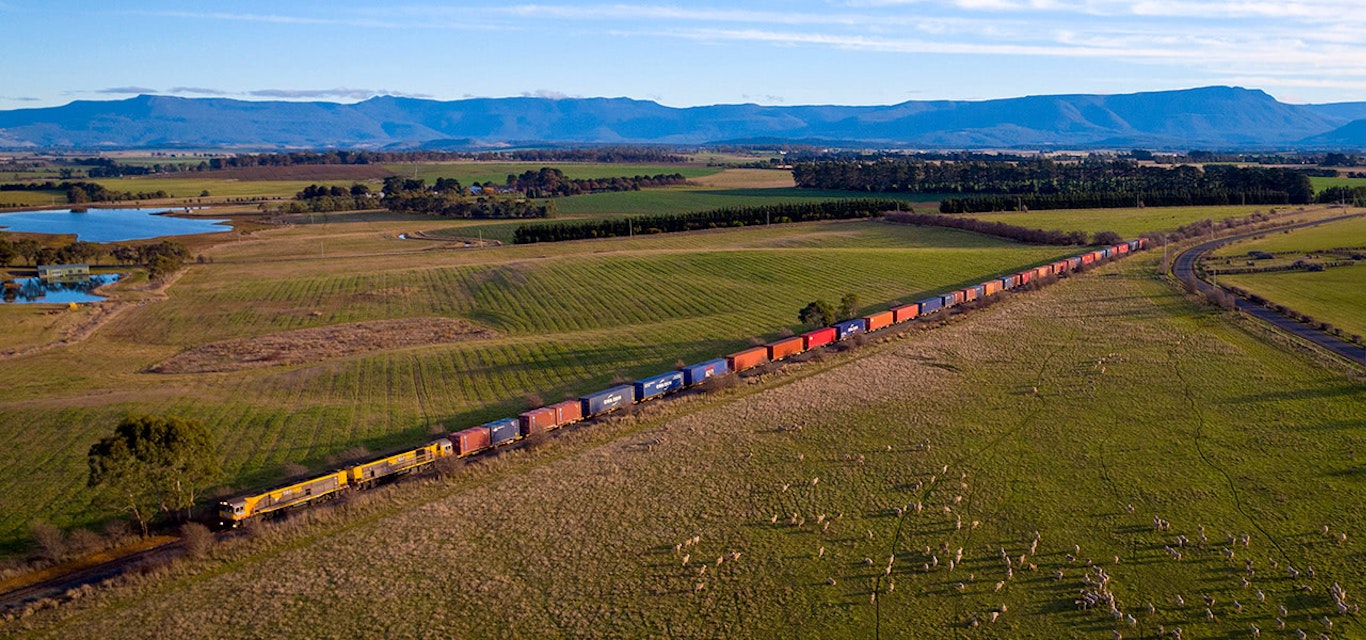Getting our safety on track
Most drivers wouldn’t run a red light on the road. So why are some motorists still taking this risk at railway crossings?
In the past year, TasRail has seen an 18% increase in near misses between vehicles and trains, particularly at level crossings in the north-west.
With more drivers on our roads over the peak summer season, TasRail is urging locals and tourists to stay attentive and to obey the rules.
‘I think part of it comes down to people perhaps not realising that these are road rules,’ TasRail Chief Operating Officer Stephen Kerrison said.
‘[The signs and the flashing lights] – when you break those, you’re breaking the road rules.’
Mr Kerrison said that while the majority of the population does the right thing, there continues to be a percentage of people who don’t. Complacency and inattention are the biggest contributors to the increase in near misses, as well as some motorists perhaps not understanding the scale of Tasmania’s rail network.
‘Part of the issue is that people who aren’t used to trains, or don’t live around trains, potentially don’t understand that we’ve got an active railway network,’ Mr Kerrison said.
‘The network is only getting busier.’
Near-misses can have devastating impacts on everyone involved. TasRail has train drivers who cannot return to their normal duties due to the mental toll of a near-miss or incident.
When people take those risks, they really are putting themselves in danger, but they’re also impacting a [train] driver, a person that has just come to work to do their job, Mr Kerrison said
‘It’s traumatic for them.’
There are two types of crossings to look out for: passive and active. Passive crossings have stop and give-way signs drivers must obey. Active crossings have signs, flashing lights and bells to alert drivers. It is also important to always listen for the train horn and crossing bells, which will sound as a train is approaching.
Pedestrians also need to be alert and look for designated areas to cross. This is especially prevalent in the north-west, where the train line runs along the foreshore near beaches, as well as through popular tourist towns such as Ulverstone and Penguin.
TasRail works closely with Tasmania Police, which has a presence along the rail corridor and investigates reports of incorrect behaviour at level crossings.
‘Take your time and obey the signs. It might seem like a long train going past and it might slow you down. But, it will only slow you down five minutes,’ Mr Kerrison said.
‘If you have an incident with that train, it will impact you for a lot longer.
‘We just want people to obey the rules, follow the signs, stay safe and ensure that they go home safely.’
For more information on railway safety and the work of TasRail, visit tasrail.com.au.
